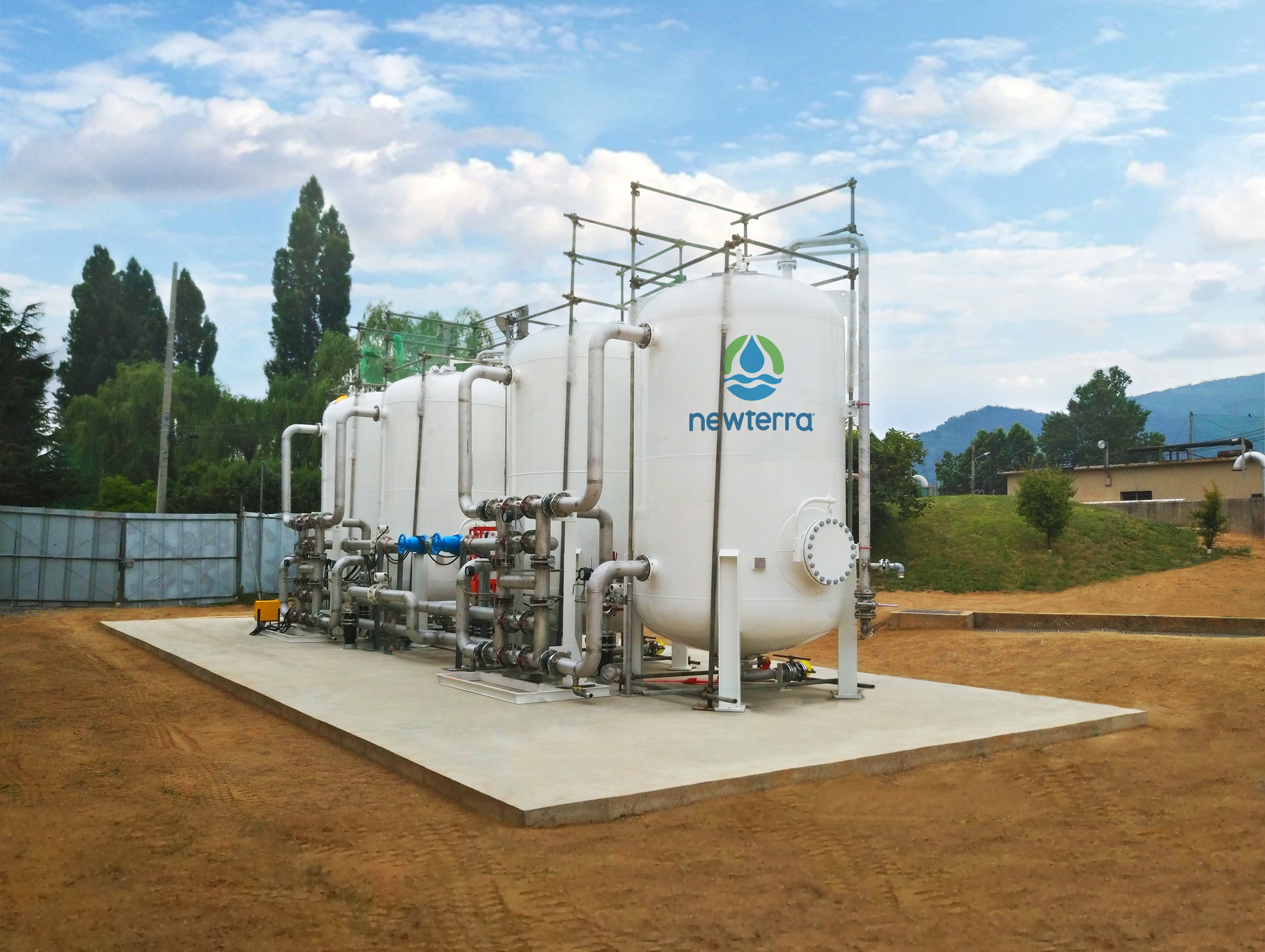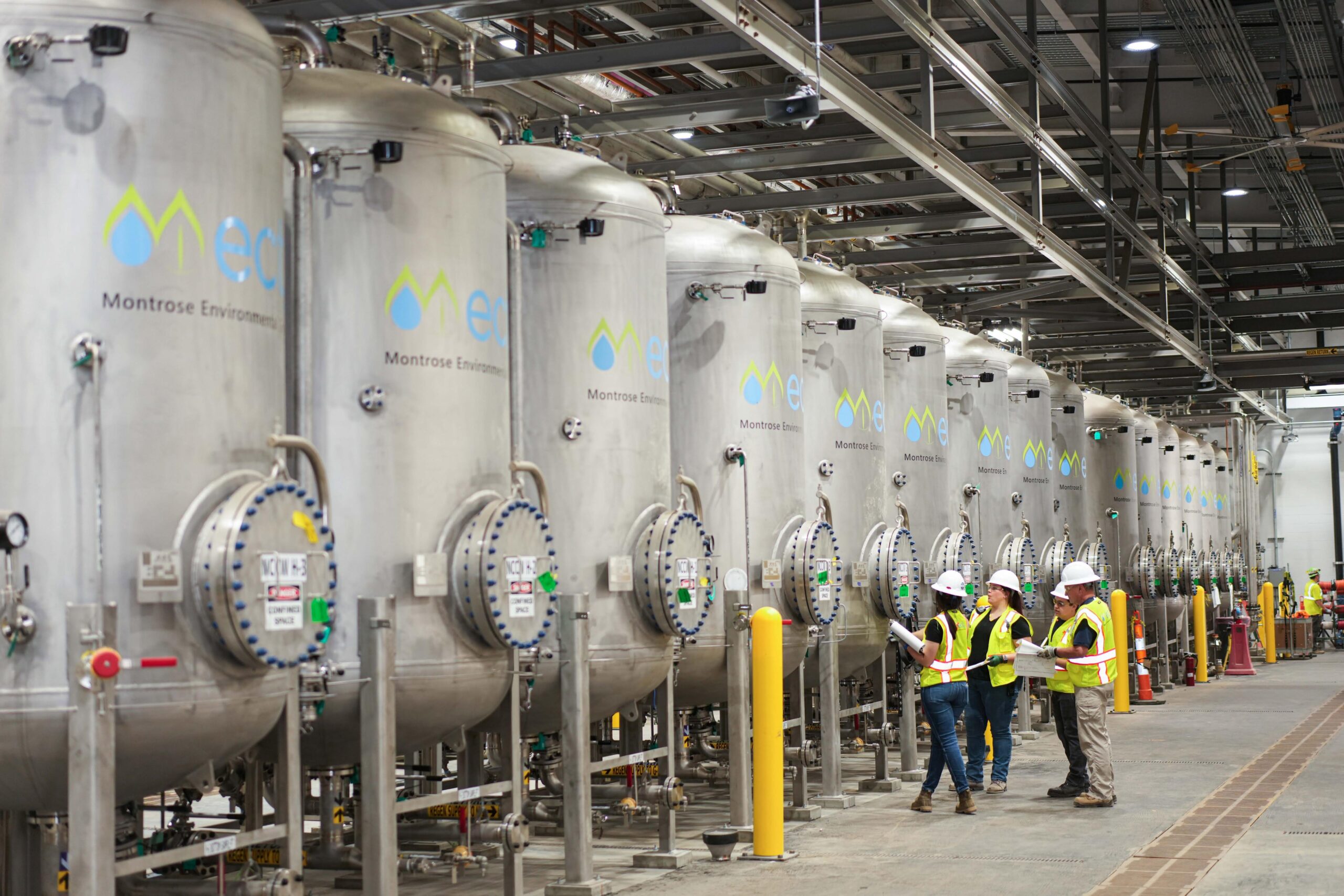M270 PFAS Treatment for Eco-Friendly Waste Management
Advanced Techniques for Effective PFAS Contamination Elimination
The persistent challenge of PFAS contamination demands the exploration of innovative elimination methods that can successfully attend to these hazardous compounds. Cutting-edge modern technologies, such as innovative oxidation processes and various adsorption techniques, have arised as promising solutions in mitigating PFAS from affected environments.
Understanding PFAS Qualities
Although per- and polyfluoroalkyl substances (PFAS) have actually been commonly utilized in different commercial and consumer products as a result of their one-of-a-kind properties, their perseverance in the environment poses considerable difficulties to public wellness and safety. PFAS are a group of artificial chemicals defined by a carbon-fluorine bond, one of the best chemical bonds known, which contributes to their outstanding security and resistance to degradation. This stability permits PFAS to collect in the environment and living organisms, causing prospective negative health effects.
These very same residential properties contribute to their ecological perseverance, as PFAS do not quickly damage down via all-natural procedures. Comprehending the chemical buildings of PFAS is important for establishing effective approaches to handle and alleviate their environmental influence.
Cutting-edge Remediation Technologies
The perseverance of PFAS in the environment has actually spurred the growth of innovative removal modern technologies intended at properly getting rid of these impurities from impacted environments. Among the most promising approaches are innovative oxidation processes (AOPs), which utilize powerful oxidants to damage down PFAS compounds into much less damaging materials. AOPs can be tailored to target details PFAS frameworks, improving their efficacy.
Another arising innovation is using adsorption media, such as activated carbon and ion exchange materials, which can precisely catch PFAS from contaminated water. These products have revealed considerable removal performances, although regular replacement and regrowth are necessary to keep performance.
Membrane layer purification techniques, consisting of reverse osmosis and nanofiltration, are likewise gaining grip in PFAS remediation. These approaches can successfully separate PFAS from water, giving a feasible solution for dealing with contaminated resources. Additionally, thermal therapy methods, such as incineration, can break down PFAS into safe by-products, though they need careful monitoring to control exhausts.
Jointly, these ingenious remediation innovations represent considerable advancements in the ongoing fight versus PFAS contamination, using different strategies to recover afflicted settings and shield public health.

Bioremediation Techniques
Bioremediation methods offer a promising strategy to attending to PFAS contamination by utilizing the all-natural capacities of microorganisms to weaken these consistent compounds (m270 waste management). This technique involves making use of germs, fungis, and other germs that can metabolize or transform PFAS materials into less dangerous byproducts
Current improvements in molecular biology and environmental microbiology have boosted our understanding of microbial neighborhoods and their potential functions in PFAS degradation. Researchers are proactively checking out check this specific stress of microorganisms, such as Pseudomonas and Bacillus, which have shown the ability to damage down certain PFAS substances.
Sitting bioremediation methods, where microbes are stimulated straight in contaminated settings, can be particularly reliable. This method often includes the application of nutrients or electron donors to advertise microbial development and activity. Additionally, ex-spouse situ approaches, such as bioreactors, enable for controlled problems that can optimize destruction rates.
Regardless of the promise of bioremediation, difficulties remain, including the complicated nature of PFAS substances and the requirement for comprehensive field screening - m270 waste management. Continued research and growth will be essential to fine-tune these strategies and analyze their effectiveness in diverse environmental contexts
Adsorption and Filtration Methods
Addressing PFAS contamination frequently includes utilizing adsorption and filtering methods, which are developed to remove these persistent chemicals from water and soil. Among the numerous strategies, turned on carbon adsorption is extensively used as a result of its high surface location and porosity, making it possible for reliable capturing of PFAS particles. Granular triggered carbon (GAC) systems are particularly favored for dealing with huge quantities see here of polluted water, while powdered activated carbon (PAC) can be used for smaller-scale applications.
Ion exchange materials likewise show promise in PFAS elimination, operating by exchanging PFAS ions with less unsafe ions in the water. This approach has demonstrated performance in focusing PFAS compounds, promoting their succeeding removal. In addition, membrane layer filtering techniques, such as reverse osmosis and nanofiltration, run by utilizing semi-permeable membranes to separate PFAS from water, properly lowering their focus.
While these methods are effective, they must be meticulously chosen based on the details PFAS compounds present and the environmental context. Constant developments in products science and design are causing the development of unique adsorbents and filtration systems that improve removal performances and minimize operational expenses, thus boosting general remediation initiatives.
Regulatory and Plan Considerations
Just how can efficient regulatory structures improve the management of PFAS contamination? Detailed policies are necessary to guarantee a worked with and robust action to the obstacles positioned by per- and polyfluoroalkyl materials (PFAS) Regulations can develop clear guidelines for tracking, reporting, and remediating PFAS-contaminated sites, promoting liability among sectors and public entities. (m270 waste management)

In enhancement, financial incentives and grants can be integrated right into plans to motivate the fostering of innovative removal innovations. Policymakers must additionally prioritize r & d, making certain that emerging methods for PFAS removal are verified and carried Visit This Link out properly.
Moreover, public awareness and interaction are important parts of any regulatory technique, equipping areas to support for their health and wellness. Inevitably, a well-structured regulatory environment will not only enhance the management of PFAS contamination but also promote sustainable methods that secure future generations.
Final Thought
In recap, the complexity of PFAS contamination necessitates the fostering of advanced removal techniques. Proceeded research study and development in this area stay crucial to addressing the obstacles presented by PFAS contamination.